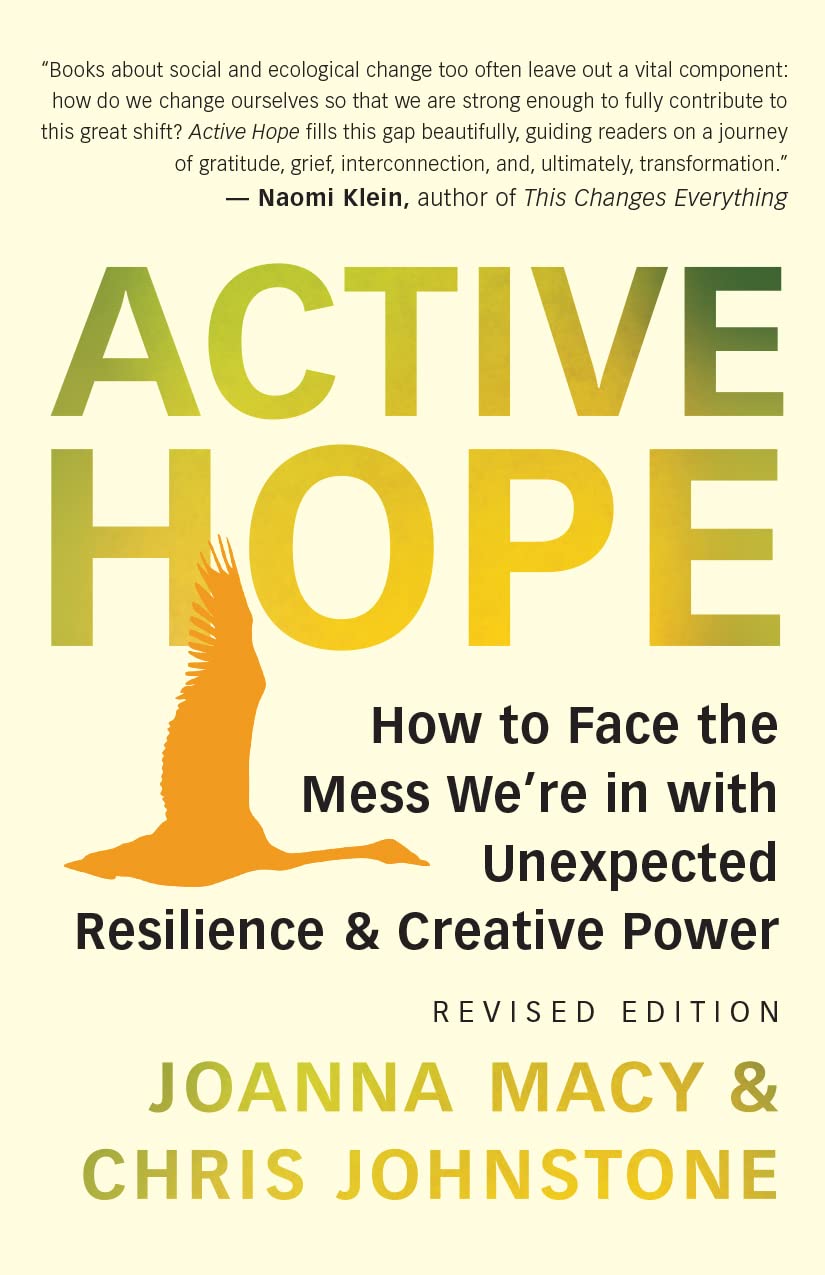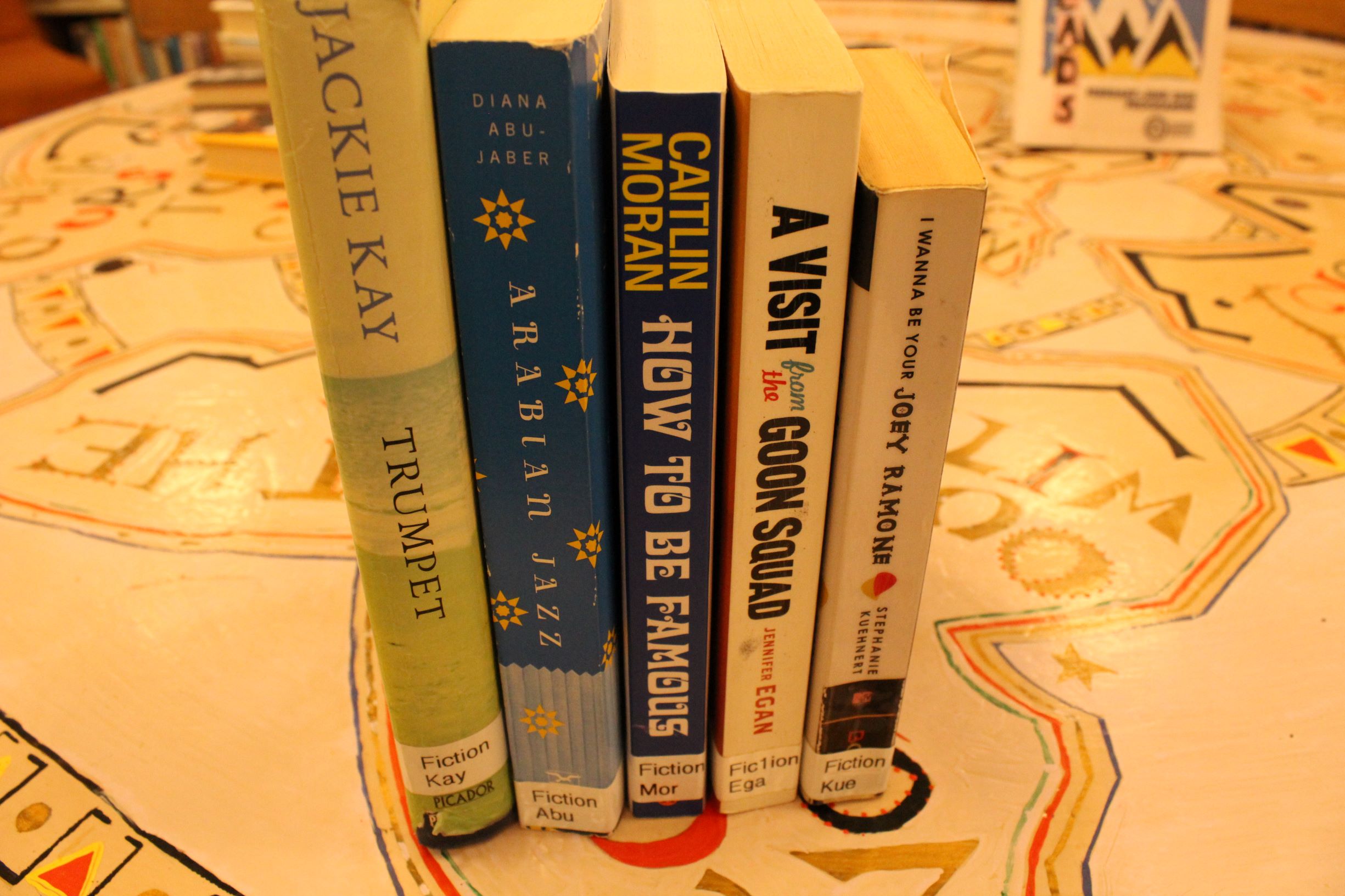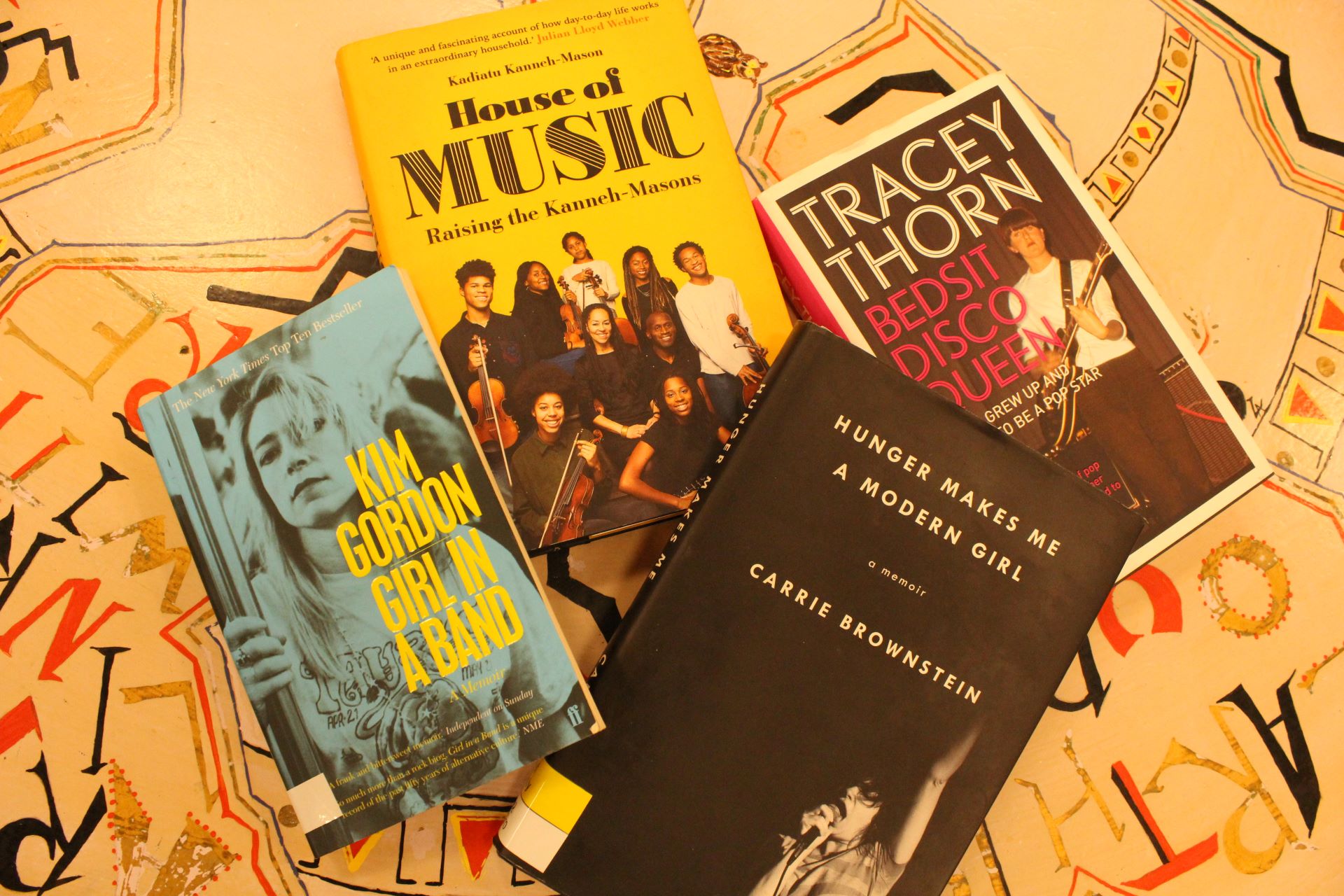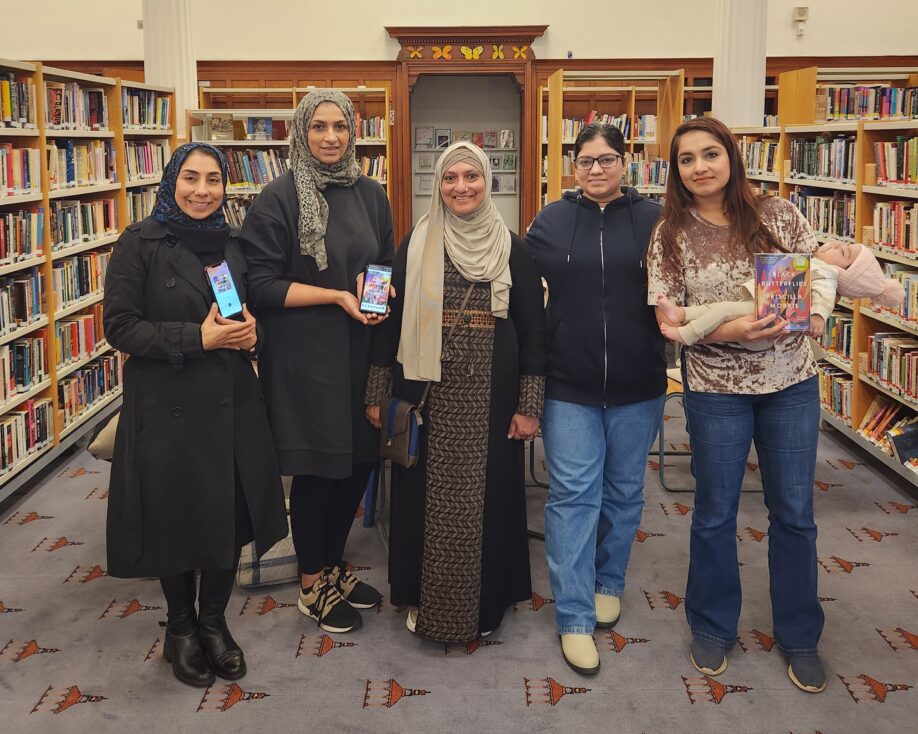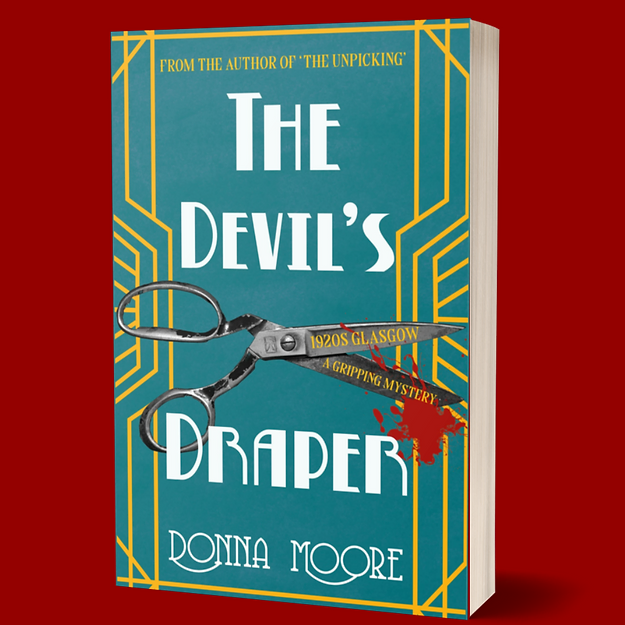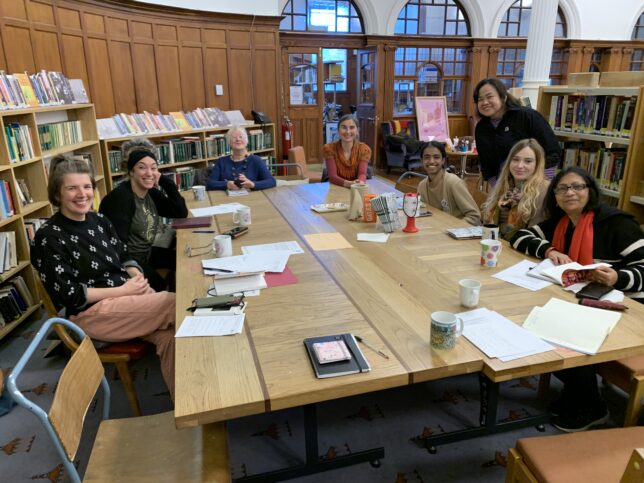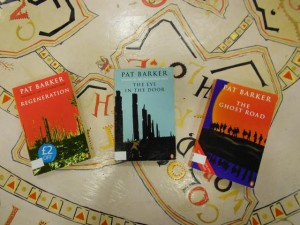
Britain declared war on Germany on 4th August 1914 marking its entry to the First World War. The last major campaign meeting by Suffragettes before World War 1 was held in mid July1914. Thereafter the war effort took precedence over campaigning for equal rights to vote, although reaching this decision caused much soul searching for many women in the suffrage movement who were pacifists.
World War 1 brought a time of social change in Britain, particularly for women. By 1917 80% of munitions were being produced by women and in some factories, women also took part in the factory football teams. By the end of the war female union membership had gone up by 160% . Women also worked as doctors and nurses in army hospitals. In 1915 Doctor Flora Murray and Doctor Louisa Garrett Anderson, who were active in the Suffrage movement, founded Endell Street Military Hospital. Within 4 years they had treated 24,000 soldiers. The hospital adopted the Suffrage movement slogan of ‘Deeds not words’ as its motto.
GWL has a number of books and archives relating to women’s activities during the so called Great War. ‘Little Grey Partridge’ by Jess Dixon is the First World War diary of Ishobel Ross who worked with Women’s Hospitals in Serbia. ‘Aunt J’ edited by Joan E. Duncan is the memoir of Jessie Millar Wilson who volunteered with the YMCA in France in 1915. Dolly Shepherd tells of her work as a driver mechanic in France in ‘When the ‘chute went up: the adventures of an Edwardian Lady Parachutists’. The Pat Barker historical fiction trilogy of ‘Regeneration’, ‘The eye in the door’ and ‘The Ghost Road’ begins with the meeting of WHR Rivers (army psychologist) and Siegfried Sassoon (poet) at Craiglockart hospital and describes the First World War chillingly. These books and others on this theme are available in the First World War display section in GWL. The library also has Suffragette postcards in its archives from the First World War.
At the end of the First World War women aged 30 and above were granted the right to vote. Some historians believe this is due to women’s contribution to the war effort but others disagree. The arguments are discussed in chapter 5 of ‘The British Women’s Suffrage 1866-1928’ by Harold L Smith,which can be found in the First World War display in the women’s library. Books in the display highlight the huge social and economic changes for women during this period.

